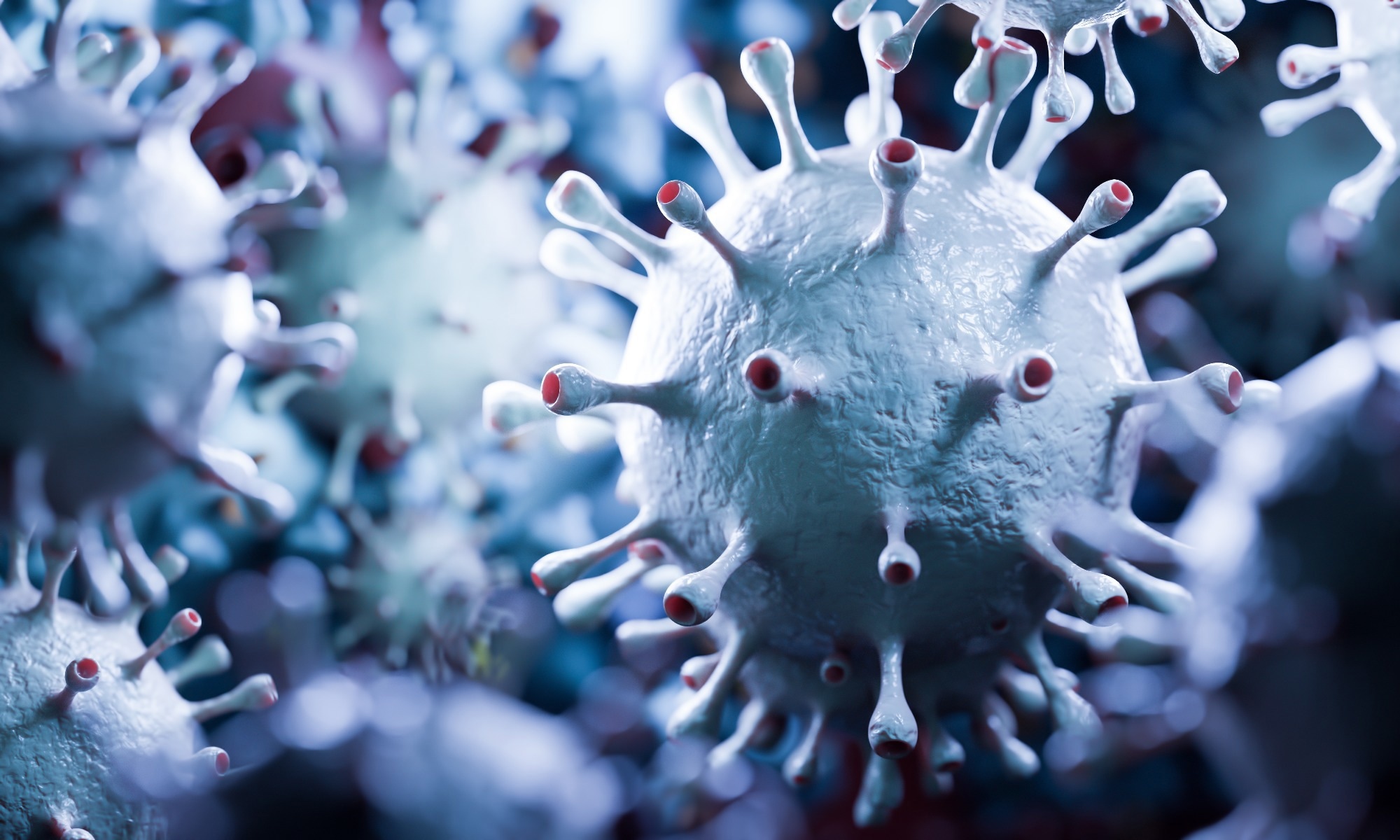In a recent study posted to the bioRxiv* preprint server, researchers assessed the impact of the severe acute respiratory syndrome coronavirus 2 (SARS-CoV-2) entry route on downstream cellular and viral processes.
 Study: SARS-CoV-2 entry route impacts a range of downstream viral and cellular processes. Image Credit: PHOTOCREO Michal Bednarek/Shutterstock
Study: SARS-CoV-2 entry route impacts a range of downstream viral and cellular processes. Image Credit: PHOTOCREO Michal Bednarek/Shutterstock

 *Important notice: bioRxiv publishes preliminary scientific reports that are not peer-reviewed and, therefore, should not be regarded as conclusive, guide clinical practice/health-related behavior, or treated as established information.
*Important notice: bioRxiv publishes preliminary scientific reports that are not peer-reviewed and, therefore, should not be regarded as conclusive, guide clinical practice/health-related behavior, or treated as established information.
Background
Despite the variation in the SARS-CoV-2 spike (S) proteins among variants, the entry step is crucial in the SARS-CoV-2 lifecycle. SARS-CoV-2 infection of host cells begins with cell attachment via C-type lectin receptors. The virus binds to the cellular membranes and the S protein directly attaches to the primary receptor called angiotensin-converting enzyme 2 (ACE2).
Cleavage of the S protein exposes the fusion peptide, which facilitates the fusion of host-viral membranes, thus creating a pore that allows viral release into the host cells. This S cleavage occurs in the presence of human transmembrane protease serine 2 (TMPRSS2). Hence, expression levels of TMPRSS2 influenced the mechanism employed by the virus for entering ACE2-expressing cells.
About the study
In the present study, researchers investigated the association of the SARS-CoV-2 entry route with physiologically relevant downstream viral and host processes.
The team developed lentiviral transgene delivery plasmids that encoded either murine or human ACE2 proteins along with lentiviral transgene delivery plasmids that encoded either a catalytically inactive version (ΔHDS) or a functional TMPRSS2 protein. Plasmids were employed to develop a panel of cell lines that expressed ectopically while western blot analysis determined murine or human ACE2 expression in A549-A, A549-AT(ΔHDS), A549-AT, and A549-mAT cells.
Furthermore, the infection susceptibility of the engineered or parental cell lines was evaluated using the ancestral virus (B.1) and SARS-CoV-2 B.1.617 and B.1.1.529 variants of concern (VOCs).
The virus's susceptibility to entry inhibition in the lung epithelial cells was assessed by performing authentic virus infections, which were exposed to a TMPRSS2 inhibitor called camostat mesylate and a cathepsin B/L inhibitor called E-64d.
Moreover, the team evaluated if the surface entry incident at the plasma membrane could be artificially stimulated in TMPRSS2-deficient cells by performing infections under acidified conditions.
Results
The study results showed that the expression and auto-cleavage of TMPRSS2 resulted in two fragments in A549-T and A549-AT cells. The team observed accumulated full-length TMPRSS2 in the A549-AT(ΔHDS) cells which did not display any serine protease activity and auto-cleavage. This confirmed no endogenous expression of TMPRSS2 or ACE2 in the parental A549 cells.
Furthermore, B.1 replication was significantly increased in A549-AT cells with a modest boost in the VOCs. The enhancement in all the three virus strains declined to levels similar to, or lower than, those found in A549-A cells in the presence of inactive TMPRSS2. Notably, the accumulation of the B.1.1.529 nucleocapsid proteins was comparable in the TMPRSS2 cells that overexpressed either murine or human ACE2.
However, the accumulation was not similar for B.1 and B.1.617 variants which indicated an expansive range of hosts that utilized murine ACE2 for B.1.1.529. Moreover, intracellular transcription and replication of B.1 and B.1.1.529 were remarkably increased in A549-AT cells than in the A549-AT(ΔHDS) cells which were not found for the B.1.617 variant.
The team also noted that virion secretion rates were considerably increased in the A549-AT cells for B.1, moderately increased in A549-AT for B.1.617, and imperceptible in supernatants from modestly enhanced in A549-AT for B.1.617 and undetectable 210 in supernatants from A549-A and A549-AT for B.1.1.529. On the other hand, there was significant B.1.1.529 egress in the Vero E6 cells at lower levels than those in B.1 and B.1.617 variants. This showed significant differences between lung epithelial cell tropism and TMPRSS2 dependence among different SARS-CoV-2 strains.
Additionally, camostat mesylate moderately inhibited B.1 infection among A549-AT cells but not in A549-A cells. Notably, B.1.617 infection was not inhibited for either of the cell types. However, E-64d remarkably inhibited B.1.617 and B.1 infection of both the cell types.
The B.1 infection among the A549-AT(ΔHDS) cells further declined under all conditions compared to A549-A cells, which indicated that functionally inactive TMPRSS2 blocked engagement of ACE2 by steric hindrance. This phenomenon was not found for the B.1.617 variant, which highlighted the potential variations in the engagement of ACE2 between strains.
Read coverage and mean sequencing depth across viral genomes highlighted the variations in early transcription rates and viral replication found between the A549-AT and A549-A cells. This also showed highly conserved transcript profiles across the genomic profile of SARS-CoV-2, which confirmed the conservation of open reading frame (ORF) expression as well as genome replication kinetics between VOC and ancestral strains. Altogether, the data showed that TMPRSS2 expression improved the infection rates of SARS-CoV-2 B.1, B.1.617, and B.1.1.529 strains.
Overall, the study findings highlighted the differences between SARS-CoV-2 B.1, B.1.617, and B.1.1.529 strains with respect to TMPRSS2 dependence and their correlation with downstream activation of immune responses after viral entry.

 *Important notice: bioRxiv publishes preliminary scientific reports that are not peer-reviewed and, therefore, should not be regarded as conclusive, guide clinical practice/health-related behavior, or treated as established information.
*Important notice: bioRxiv publishes preliminary scientific reports that are not peer-reviewed and, therefore, should not be regarded as conclusive, guide clinical practice/health-related behavior, or treated as established information.